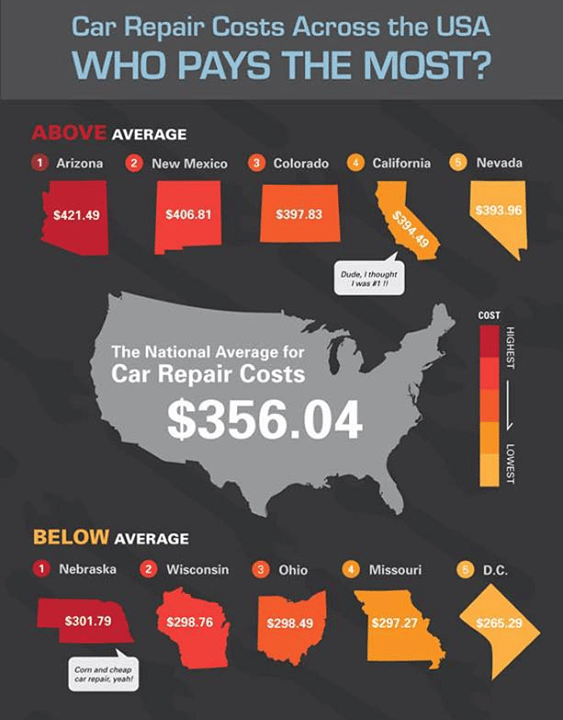When you lag the wheel, those little caution lights on your auto's dashboard can be rather perplexing. What do they indicate, and should you be concerned? Comprehending these signals is critical for your vehicle's well-being, yet it does not need to be a difficult job. By decoding the secret behind each light, you'll be geared up to handle potential concerns efficiently and maintain your automobile running efficiently. So, following time a caution light flashes, do not panic - arm on your own with knowledge and take control of the circumstance.
Significance of Car Caution Lights
Understanding the significance of your automobile's warning lights is essential for preserving your car's health and safety. These lights function as your cars and truck's interaction system, notifying you to possible problems that can endanger your safety on the road or cause expensive fixings if disregarded. By focusing on these warnings, you can resolve problems early and avoid further damage to your vehicle.
Overlooking warning lights can cause significant consequences, such as engine failure, brake breakdowns, or even accidents. These lights are designed to notify you of concerns ranging from reduced tire pressure to engine malfunctions, giving you the possibility to take action prior to the situation intensifies. On a regular basis examining and recognizing these warnings can conserve you time, cash, and guarantee your security while driving.
Along with maintaining you secure, reacting quickly to warning lights can likewise assist lengthen the life-span of your cars and truck. By dealing with issues early on, you can prevent small troubles from rising into significant repairs, eventually conserving you time and money in the future. Remember, your auto's warning lights are there for a reason - do not ignore them!
Common Warning Lights and Meanings
When it involves driving your automobile, understanding typical caution lights and their significances is essential for your security and vehicle maintenance. Right here are a few common caution lights you might encounter:
1. ** Examine Engine Light **: This light shows a problem with your engine. https://brake-pads-near-me39516.bloggerbags.com/36399638/learn-about-the-essential-variables-to-consider-when-picking-in-between-managing-cars-and-truck-repair-work-on-your-own-or-looking-for-support-from-a-specialist-in-this-interesting-overview could be something minor like a loose gas cap or something extra severe like engine misfiring.
2. ** Battery Light **: This light signals a trouble with your auto's billing system. https://www.waow.com/news/top-stories/officials-offer-tips-to-improve-your-cars-mileage/article_28474bde-e916-11ec-b9f6-bbd6e026eb36.html could suggest a faulty battery, generator, or other relevant elements.
3. ** Oil Stress Light **: When this light comes on, it suggests your engine may be running low on oil or experiencing reduced oil pressure, which can result in engine damage otherwise addressed without delay.
4. ** Brake System Light **: This light suggests an issue with your braking system. It might indicate low brake liquid degrees or a trouble with the brake system that requires immediate interest.
Understanding these usual caution lights will help you identify potential issues early and prevent more substantial issues down the road.
Just how to React To Warning Lights
In the event that a caution light illuminates on your vehicle's control panel, it's critical to react quickly and properly. When a warning light begins, the primary step is to consult your owner's guidebook to recognize the specific issue shown by the light.
Some lights need instant attention, while others may suggest a less immediate issue. If the warning light is red or blinking, it's generally a sign of a major problem that requires immediate activity. In such instances, it's a good idea to pull over safely, shut off the engine, and look for expert assistance.
For https://motorvehiclechassis83827.activoblog.com/32564293/discover-the-essential-elements-to-take-into-account-when-choosing-in-between-diy-cars-and-truck-fixings-or-working-with-a-specialist-by-reading-this-practical-overview or orange caution lights, while they may not need prompt focus, it's still important to deal with the underlying issue immediately to stop further damages. Routine upkeep and examination can assist protect against cautioning lights from beginning all of a sudden.
Final thought
Finally, understanding your car's warning lights is essential for maintaining your car's health and safety. By regularly inspecting and responding to these cautions, you can attend to possible concerns early and protect against expensive repair work or security risks. Remember to consult your owner's handbook for details on different caution lights and always take prompt activity for red or blinking lights. Keep aggressive and keep your vehicle running efficiently!
